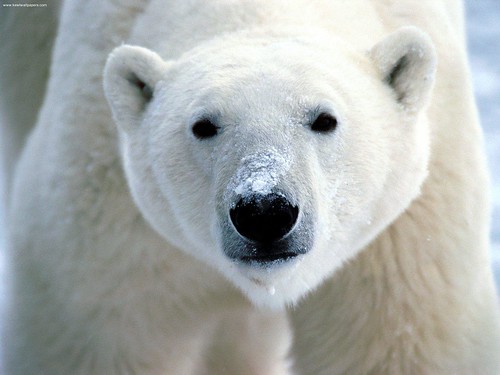
Vancouver Island Marmots are about the size of a large house cat and love rocks - they use them to stay warm, cool down and stand on to look for predators. They also have another love - peanut butter!
Vancouver Island marmots need their rest - they hibernate for almost 7 months of the year.
They are also sometimes called "whistle pigs" because of the alarm call they give when there is danger which sounds just like a whistle. Listen to a Vancouver Island Marmot whistle.
Why Vancouver Island Marmots Need Our Help
Vancouver Island Marmots are the most endangered mammal in Canada with only ~100 in existence. They only live high in the mountains and only on Vancouver Island, British Columbia, Canada and have been negatively impacted by clear cutting logging which has made it easier for their predators, cougars, wolves and golden eagles to prey on them. Source/more info: The Vancouver Island Marmot
Help Save Vancouver Island Marmots
- Adopt a Vancouver Island Marmot
- Donate to the Vancouver Island Marmot recovery effort
- Visit the Kids Page Fun with Marmots
- Visit Vancouver Island Marmots in their natural habitat
Vancouver Island Marmot photo courtesy of: The Vancouver Island Marmot









